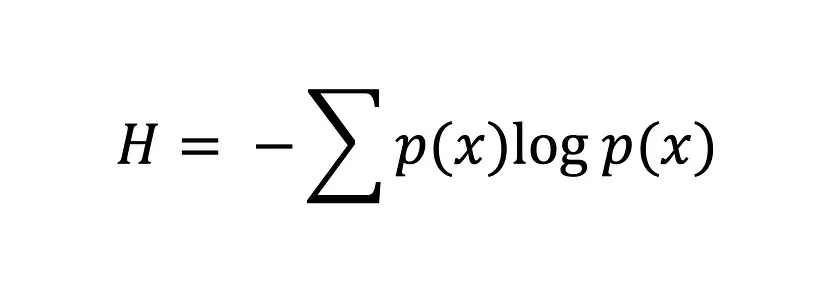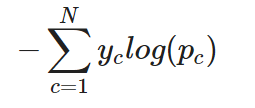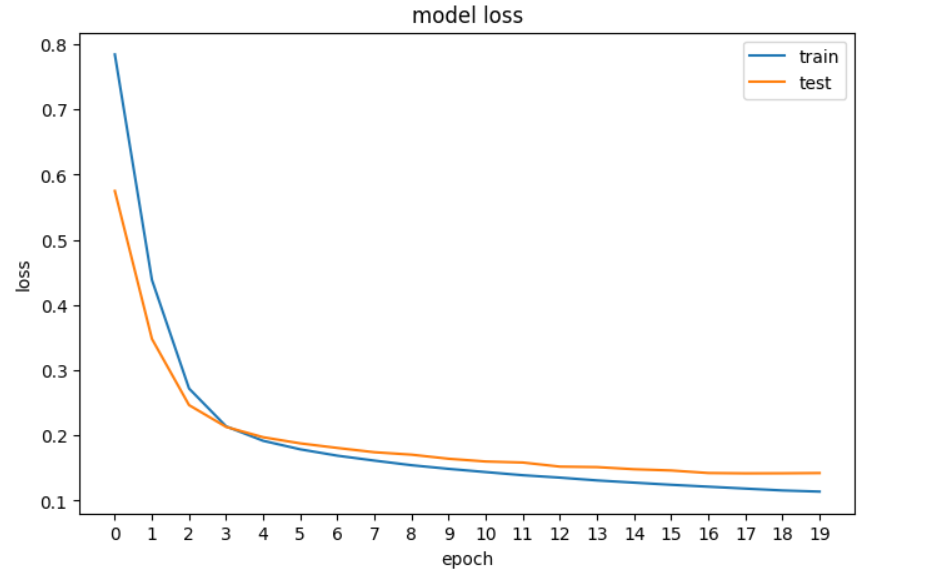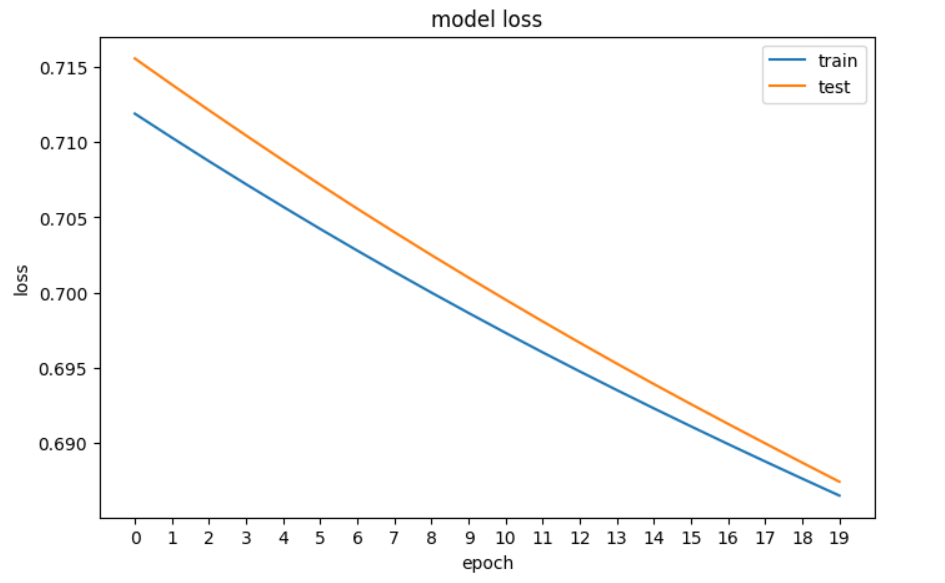Track
Cross-Entropy Loss Function in Machine Learning: Enhancing Model Accuracy
Explore cross-entropy in machine learning in our guide on optimizing model accuracy and effectiveness in classification with TensorFlow and PyTorch examples.
Jan 2024 · 12 min read
Start Your Machine Learning Journey Today!
44hrs hr
Course
Introduction to Deep Learning in Python
4 hr
245.2K
Track
Deep Learning
16hrs hr
See More
RelatedSee MoreSee More
blog
The Top 20 Deep Learning Interview Questions and Answers
Dive into the top deep learning interview questions with answers for various professional profiles and application areas like computer vision and NLP
Iván Palomares Carrascosa
tutorial
An Introduction to the Mamba LLM Architecture: A New Paradigm in Machine Learning
Discover the power of Mamba LLM, a transformative architecture from leading universities, redefining sequence processing in AI.
Kurtis Pykes
9 min
tutorial
A Beginner's Guide to Azure Machine Learning
Explore Azure Machine Learning in our beginner's guide to setting up, deploying models, and leveraging AutoML & ML Studio in the Azure ecosystem.
Moez Ali
11 min
tutorial
ML Workflow Orchestration With Prefect
Learn everything about a powerful and open-source workflow orchestration tool. Build, deploy, and execute your first machine learning workflow on your local machine and the cloud with this simple guide.
Abid Ali Awan
tutorial
An Introduction to Vector Databases For Machine Learning: A Hands-On Guide With Examples
Explore vector databases in ML with our guide. Learn to implement vector embeddings and practical applications.
Gary Alway
8 min
code-along
Getting Started with Machine Learning Using ChatGPT
In this session Francesca Donadoni, a Curriculum Manager at DataCamp, shows you how to make use of ChatGPT to implement a simple machine learning workflow.
Francesca Donadoni

![Binary cross entropy formula. [Source: Cross-Entropy Loss Function]](https://images.datacamp.com/image/upload/v1704977071/image5_c852b97c8a.png)




